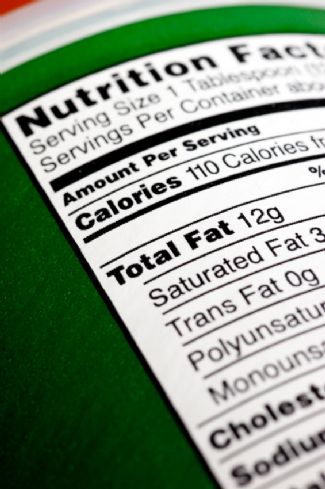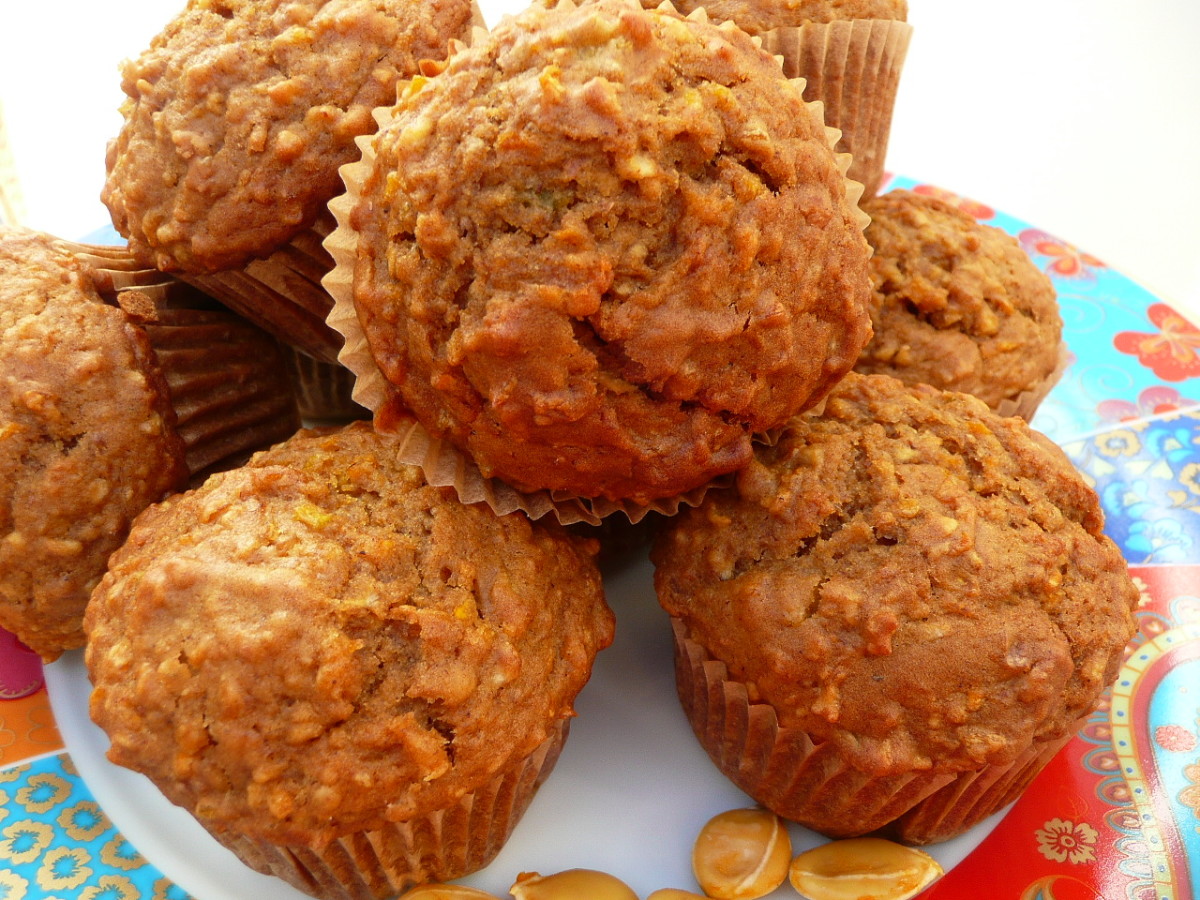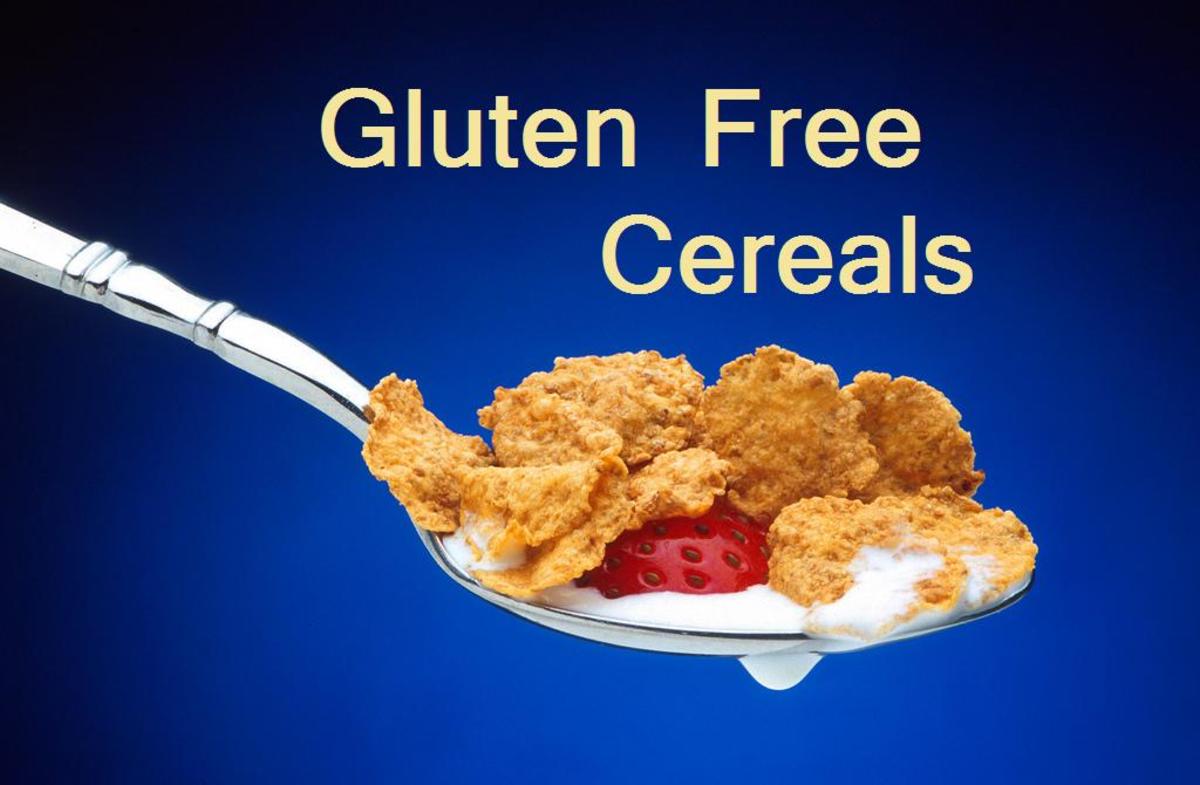How to Decipher Food Labels

Having recently been dealing with anemia and high blood pressure, I’ve become more aware of food product labels and working on deciphering them. Not an easy task in some instances!
Below is a breakdown of what I’ve learned in my research. Remember, the label breaks it down for each serving size. So first look at what the label deems as a serving. You may be surprised that you consume 2 or 3 at one time thus the need to double or triple what the label says you are taking in nutritionally or calorically.
Calories. While calories are important for controlling our weight of course they are not the only factor to look at. Remember, look at calories per serving.
Fat. The dreaded FAT! There are so many fats; trans, partially hydrogenated, hydrogenated, how do we sort it all out?
First of all, fat has more calories than carbohydrates or proteins and all fats are 9 calories per gram. Unsaturated fats are the ones you want to look for, and limit saturated and trans fats. (Trans fats are also called fatty acids) The FDA requires that labels list these which is great because the world of fats in foods is confusing! So when reading the labels look for partially hydrogenated or hydrogenated.
Fiber. Fiber in foods is what causes you to feel full. The average adult needs 25 grams of fiber per day. High fiber foods typically have a minimum of 5 grams per serving. Foods that provide fiber are: Fruits, veggies, whole grains.
Salt or Sodium. Sodium is the nemesis for anyone with heart issues or high blood pressure. No more than 2,300 mg per day (which adds up to less than 1 teaspoon – surprising huh?) for adults, and 1,500 mg for those with health problems or high blood pressure. If these health issues are in your family history, you need to watch your sodium intake to be on the safe side. Just sayin…
TIP: If dealing with pre-hypertension or hypertension (high blood pressure), increasing your potassium intake can help. Heart.org has a fantastic article about this.
Processed foods are full of sodium so whenever possible, make foods from scratch and reduce the salt you use in the cooking and of course careful how much you put on from that salt shaker!
Sugar. The other nemesis. Sugar comes in many names, so read the label carefully. Below* is a list from the website dietriffic of various names of sugar. I was shocked to see that list! Less than 5 grams per serving (there’s that PER SERVING again!) is best for keeping your calories in check.
Another thing you see on labels is % Daily Value or %DV. This is the percentage of that nutrient that is supplied per serving. Unless otherwise listed it is usually based on a 2,000 per day calorie diet. This helps when figuring up how much of each nutrient you are taking in each day.
The Government requires all food manufacturers to list all ingredients that are in the food product. This list is in order of the % of that ingredient. In other words, the first thing listed is the main ingredient. Then the next successive ingredients are according to their amount. Make sense?
*So, here is a list to help you identify the different forms of sugar in your food:
- Barley malt
- Beet sugar
- Brown sugar
- Buttered syrup
- Cane juice crystals
- Cane sugar
- Caramel
- Corn syrup
- Corn syrup solids
- Confectioner’s sugar
- Carob syrup
- Castor sugar
- Date sugar
- Demerara sugar
- Dextran
- Dextrose
- Diastatic malt
- Diatase
- Ethyl maltol
- Fructose
- Fruit juice
- Fruit juice concentrate
- Galactose
- Glucose
- Glucose solids
- Golden sugar
- Golden syrup
- Grape sugar
- High-fructose corn syrup
- Honey
- Icing sugar
- Invert sugar
- Lactose
- Maltodextrin
- Maltose
- Malt syrup
- Maple syrup
- Molasses
- Muscovado sugar
- Panocha
- Raw sugar
- Refiner’s syrup
- Rice syrup
- Sorbitol
- Sorghum syrup
- Sucrose
- Sugar
- Treacle
- Turbinado sugar
- Yellow sugar









